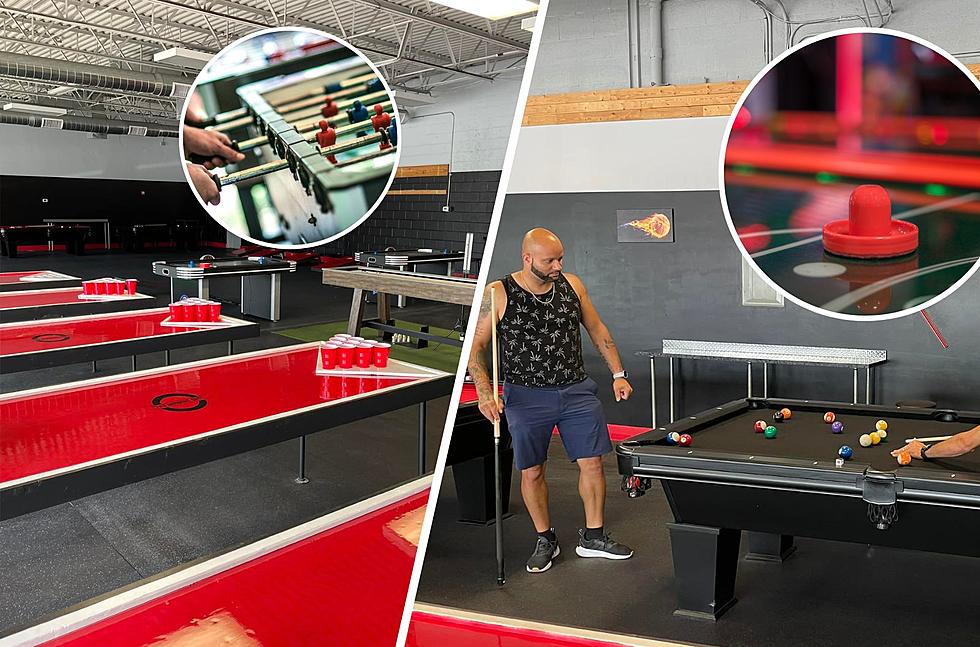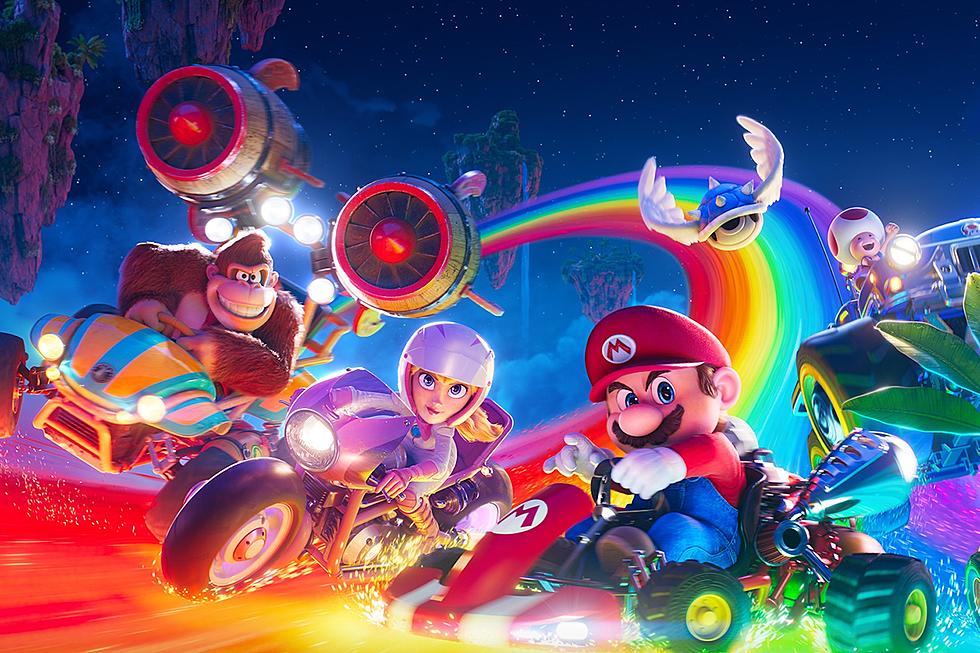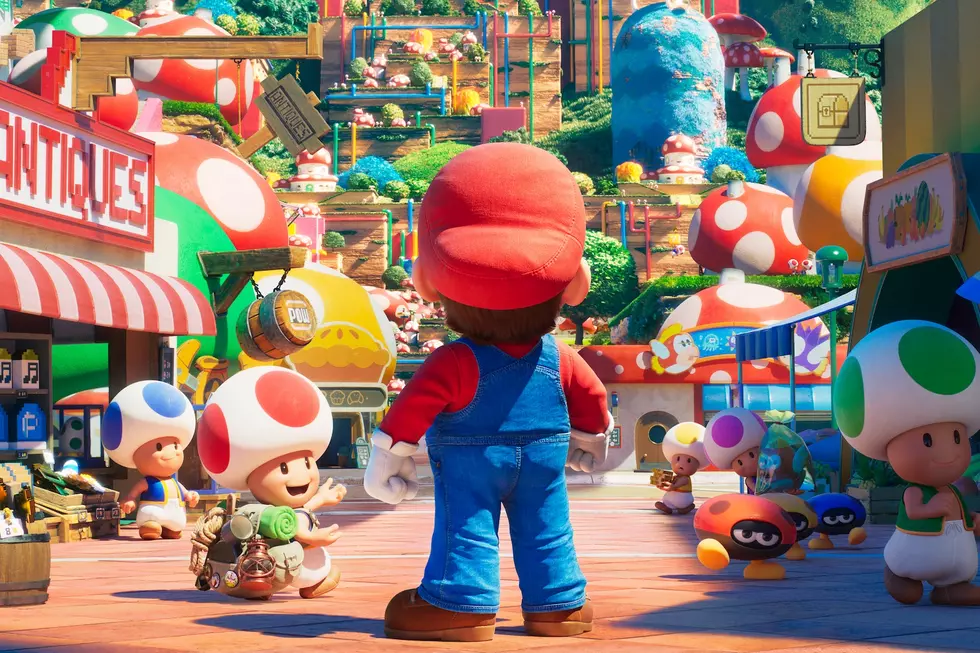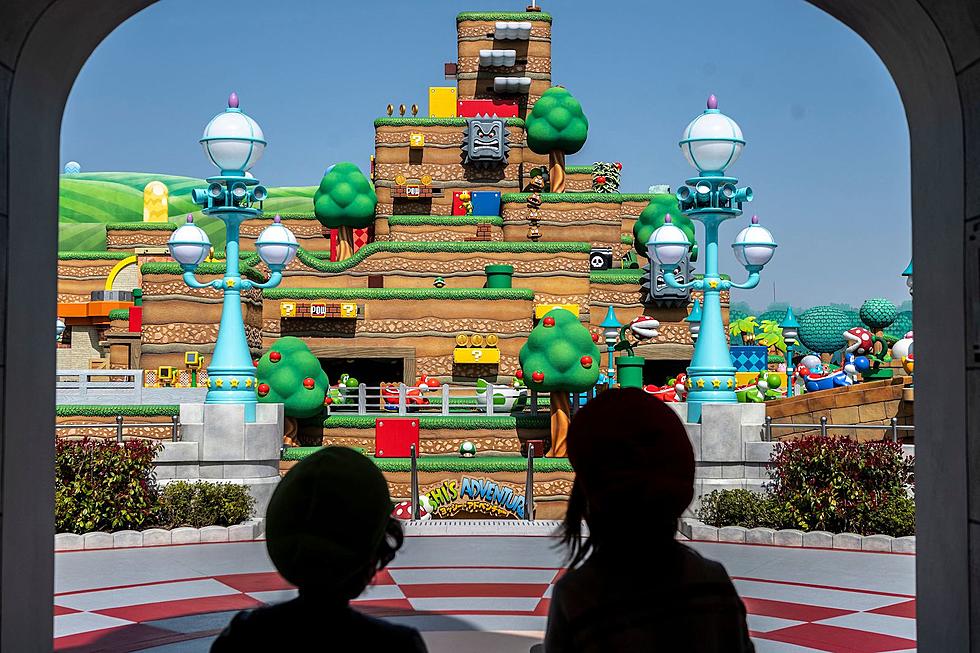
Blowing Into Those Nintendo Game Cartridges: Does that Really Work?
Just blow into it!!! It will make it work!!!
Before there were was CD-based video games, there were the plastic things known as video game cartridges.
They were clunky. Over time, they got worn down.
But that is how video gaming was, and I love it.
Many of my favorite games were played on game cartridges. Sometimes, though, they didn't work.
So, how did I get them to work? I blew into the circuitry, of course!
But did that really make any difference in working?
Where do I begin?
When I got my first Nintendo Entertainment System (NES) in the early '90s, I remember it working quite well. I was popping in games like Legend of Zelda, Super Mario Bros, Teenage Mutant Ninja Turtles. You name it, I played it.
I would go to the local Video Tyme (before Blockbuster took over) and rent games for my NES. I loved the thing, and I still do!
Sometimes, though, the damn games wouldn't work.
So, what was the natural thing I did? Blow on the contacts inside the cartridge.
Why did I start doing this? I am not really sure why. I guess I just did. For some reason though, it seemed to work!
So, after years upon years of gaming, I would blow on my cartridges and make them work.
Does this work?
It does bring up the question, though: Does this actually make my game work?
Little did I know until a few years back that this does not work.
That kinda blew my mind because, honestly, I still do it and it seems to work each time.
After reading a pretty good article about that online, though, I think it may be time to stop.
Here is why
Here is what the typical NES game console looks like:
Now, if you might recall you inserted the cartridge into the game slot and pressed it down. Right?
Well, there was your problem. Inside the NES was a 72-pin connector. These pin connectors would connect with the copper contacts of your NES game, and proceed to work from there.
However, after many different uses, the 72-pin connector connector would begin to wear down and no longer make a secure connection to games. On top of that, with metal rubbing on metal (where the 72-pin connector connected to the copper contacts), that would wear down the copper contacts on the games, too.
Adding science to the equation
Time to get scientific!
Your body is primarily water, right? So, when you breathe, you expel moisture from your body. When you exhale or blow air, what is also included? Water!
Now, take a penny and leave it in water. It begins to copperize (that weird green color). Now, put it all together. The connectors are copper, and your breath has moisture in it.
Bottom line: Don't blow into your games! You are causing more damage to the games.
Instead, here is the solution to that issue: http://youtu.be/KamJnNhUJuc
When cartridge games were still being sold new, you could purchase a cleaning kit. You know what those were? Basically a Q-tip and rubbing alcohol. Video-game companies made bank on cleaning kits; especially when considering you could have simply bought those couple items yourself.
Most of the time, you just needed to replace your 72-pin connector. You could get those, too. You could either do it yourself or go to shops that did it. Nintendo also noticed the error of its ways. In 1993, the company released an updated version of the original NES that got rid of its push-down mechanism. It looked like this:
So, stop blowing into your game carts. Instead, you may do permanent damage to your games. Instead, go play like James Bond, and play some GoldenEye instead.
More From 97.9 WGRD









